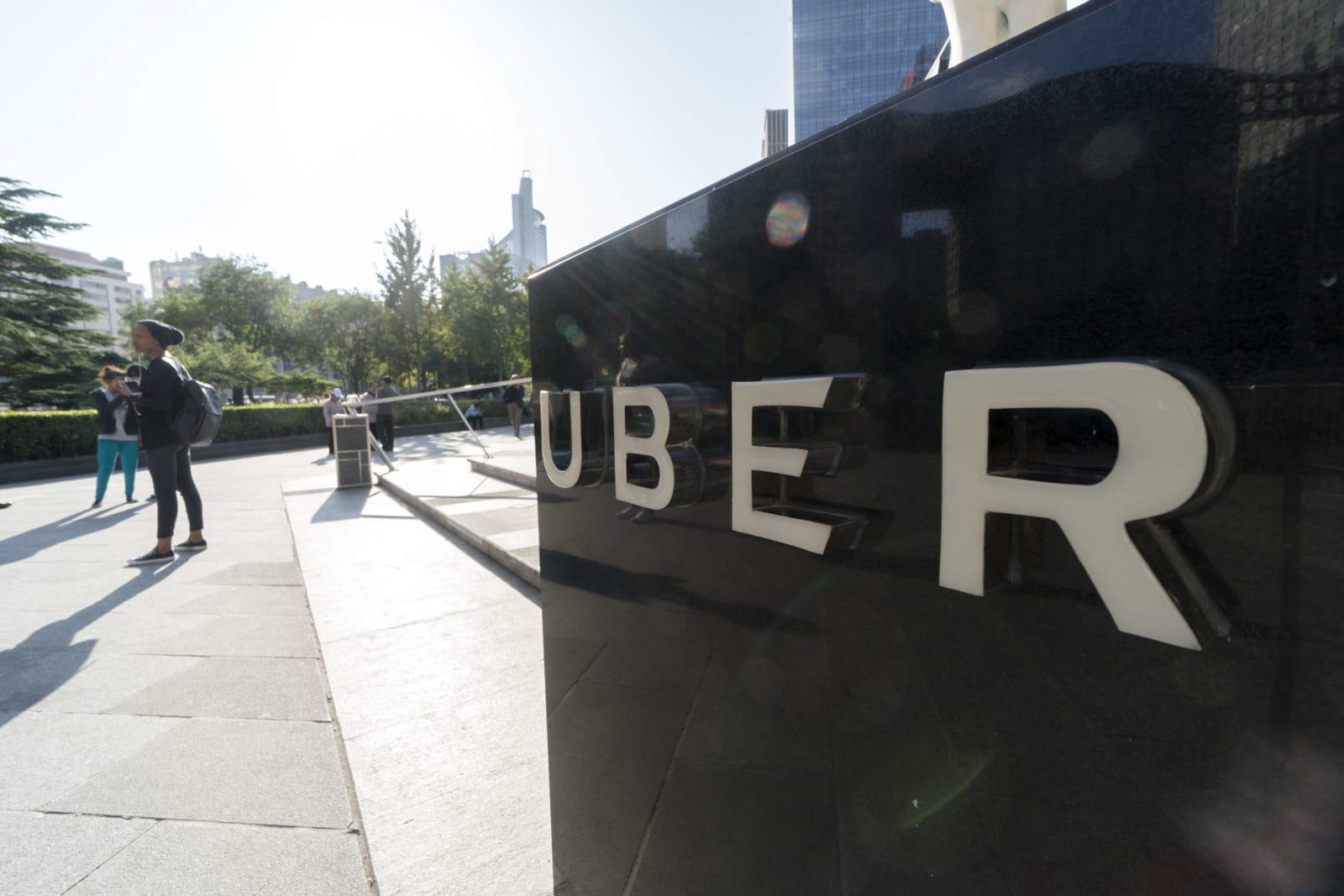Information Law and Policy Centre launches new report: Protecting Sources and Whistleblowers in a Digital Age
The emergence of an everyday digital culture and the increasing use of legal instruments by state actors to collect and access communications data has led to growing concern about the protection of journalistic sources and whistleblowers.
With the support of Guardian News and Media, the Information Law and Policy Centre has published a new report to consider these developments entitled ‘Protecting Sources and Whistleblowers in a Digital Age’. The report is open access and available for download.
Authored by Dr Judith Townend and Dr Richard Danbury, the report analyses how technological advances expose journalists and their sources to interference by state actors, corporate entities or individuals.
The report also looks at how journalists can reduce threats to whistleblowing; examines the rights and responsibilities of journalists, whistleblowers and lawmakers; and makes a number of positive recommendations for policymakers, journalists, NGOs and researchers.
The report’s findings are based on discussions with 25 investigative journalists, representatives from relevant NGOs and media organisations, media lawyers and specialist researchers in September 2016.
Protecting Sources and Whistleblowers in a Digital Age was officially launched on 22 February 2017 at the House of Lords.
Alongside the report, the Information Policy Law and Policy Centre has also published a range of open access resources on journalistic sources and whistleblowing which are available here.
Acknowledgements: to Dr Andrew Scott (LSE) and Gillian Phillips (Guardian News and Media) for their input to the report (though errors remain the authors’ own); and to Dr Daniel Bennett, Jenna Corderoy and Dr Aljosha Karim Schapals for additional research assistance.
Human rights activists and organisations were celebrating when the EU introduced restrictions on the exports of surveillance technology by the end of 2014. Finally, more than three years after revelations in the aftermath of the Arab Spring had
The movement to encrypt the web has reached a milestone. As of earlier this month, approximately half of Internet traffic is now protected by HTTPS. In other words, we are halfway to a web safer from the eavesdropping, content hijacking, cookie stealing, and censorship that HTTPS can protect against.
 On Sunday, a former Uber engineer published details about the sexual harassment and rampant sexism that she claims she and other women experienced at the company. But despite reporting the incidents to HR on several occasions, Susan J. Fowler was rep..
On Sunday, a former Uber engineer published details about the sexual harassment and rampant sexism that she claims she and other women experienced at the company. But despite reporting the incidents to HR on several occasions, Susan J. Fowler was rep..Discover more from Erkan's Field Diary
Subscribe to get the latest posts sent to your email.